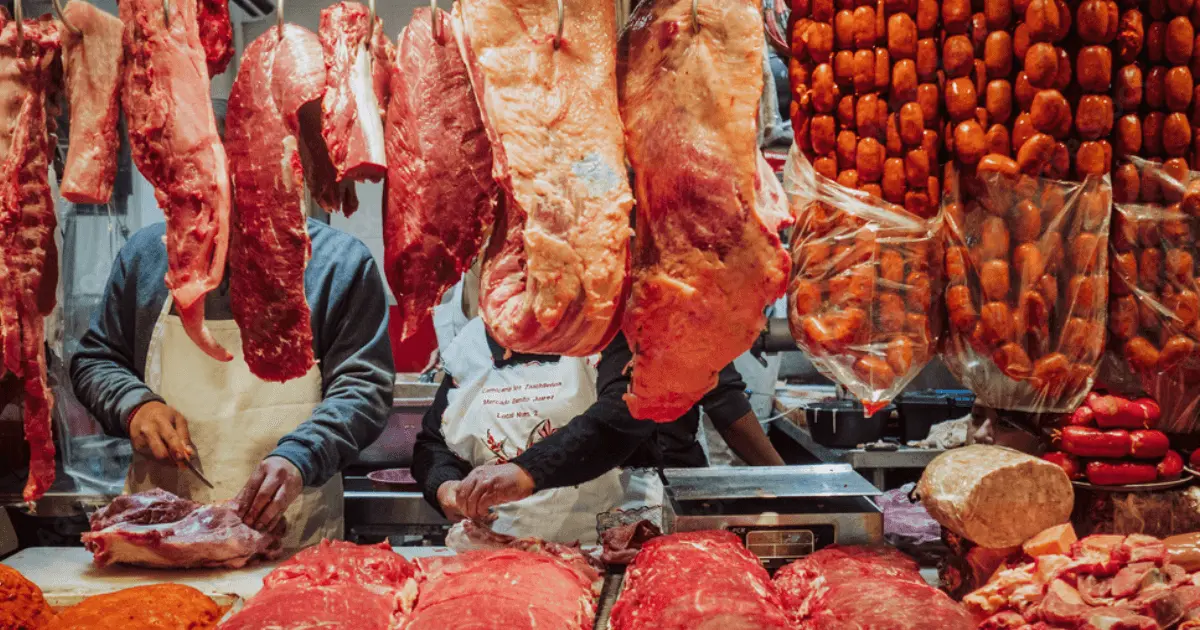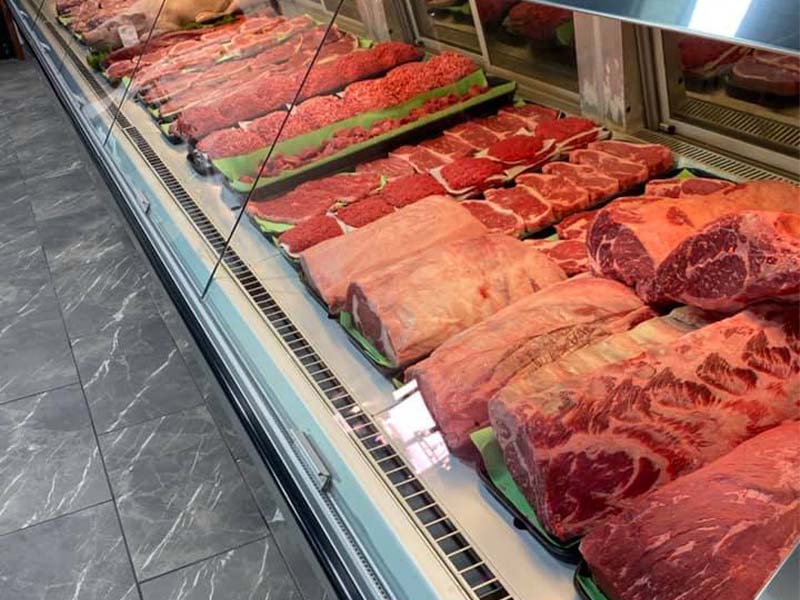Discover Fresh Cuts at Bagley Farms Meat Market Edwardsville IL for Your Next barbeque
Discover Fresh Cuts at Bagley Farms Meat Market Edwardsville IL for Your Next barbeque
Blog Article
Discover the Finest Option of Cuts From Local Meat Market
In a period where the beginnings of our food are much more substantial than ever, discovering the finest option of cuts from your local meat market uses a compelling story of high quality and integrity. These markets not just assure unmatched freshness and taste however also supply insights into the subtleties of different primal and sub-primal cuts.
Advantages of Regional Meat Markets
Local meat markets use countless benefits that are becoming progressively significant in today's food landscape. They give customers with access to fresher and higher-quality meat. Because the supply chain is shorter, local meat does not endure lengthy transport times, protecting its quality and dietary value. This close proximity to the source also permits enhanced traceability, giving customers with transparency concerning where and how the meat was created - bagley farms meat market edwardsville il.
Furthermore, neighborhood meat markets usually sustain sustainable farming methods. Lots of local producers participate in environmentally friendly and honest farming approaches, which add to the wellness of pets and the conservation of all-natural sources. By picking to buy from these markets, consumers can play a role in advertising lasting agriculture and minimizing their carbon footprint.
Additionally, regional meat markets add to the economic vitality of communities. By supporting local producers, consumers assist sustain small companies and foster financial growth within their region. This economic assistance can result in job production and help maintain the unique character of neighborhood neighborhoods.
Comprehending Various Meat Cuts
A fundamental aspect of making informed purchasing decisions at local meat markets is understanding the different cuts of meat offered. Each cut supplies unique tastes, textures, and food preparation capacities, making it vital to recognize just how they vary. Mainly, meat is classified into primitive, sub-primal, and retail cuts. Primal cuts are the bigger sections initially separated from the carcass, such as the loin, rib, and chuck. These are more split into sub-primal cuts, which ultimately break down right into retail cuts, the familiar choices located at the marketplace.
For example, from the beef primal cut, the loin, one can obtain sub-primal cuts like tenderloin, bring about retail choices such as filet mignon. The rib primal cut consists of sub-primal ribs, generating retail choices like ribeye steaks. Comprehending these distinctions help in picking cuts that align with cooking needs and personal preferences
Moreover, cuts vary in inflammation and fat web content, affecting their suitable cooking techniques. Harder cuts like brisket benefit from slow-moving cooking, while tender cuts like sirloin are fit for barbecuing. By comprehending these subtleties, customers can boost their cooking experiences and maximize their meat purchases.

Expert Tips for Choosing Meat
Picking the ideal cut of meat needs not just understanding of the numerous alternatives offered however also an eager understanding of quality indications that experts utilize to make their options. A well-marbled cut usually guarantees improved taste and tenderness, as the fat melts during food preparation, improving the meat's appearance and taste.
One more crucial facet is the meat's appearance. Specialist advice also requires checking out the packaging, if appropriate.

Finally, recognizing the credibility and sourcing practices of your local meat service provider can provide understandings right into the high quality and ethical requirements of the meat. Involving with educated butchers can offer important referrals tailored to specific cooking demands, ensuring a remarkable dining experience.
Finest Seasonal Choices

Choosing seasonal cuts not just ensures freshness but likewise aligns with the peak top quality of different meats. Pork, traditionally healed and protected in the cooler months, offers an abundant array of cuts like ham and bacon throughout winter, when pigs are butchered after being fattened on autumn harvests. Chicken, on the other hand, is frequently at its finest throughout late springtime and very early summertime, when chickens have actually matured on a diet of fresh grains and eco-friendlies.
Supporting Sustainable Practices
Welcoming sustainable practices in meat production is crucial for advertising ecological health and wellness and making sure the long life of local ecosystems. In the context of regional meat markets, sustainability includes a commitment to honest farming methods, decreasing carbon footprints, and supporting biodiversity. By focusing on these practices, producers not only enhance the quality of their offerings however additionally contribute positively to their communities and the planet.
Local meat markets play a pivotal function in promoting sustainable farming by sourcing products from ranches that carry out eco-friendly methods. These might include rotational grazing, natural feed, and integrated pest management, which jointly lower environmental influence and promote pet well-being. my response By selecting to support such markets, customers can directly affect the demand for sustainably elevated meat, motivating more manufacturers to take on these techniques.
Additionally, lasting techniques in meat production can dramatically reduce the sector's environmental impact. For instance, minimizing source usage and waste generation with cutting-edge farming methods can lead to substantial reductions in greenhouse gas discharges. This is critical in dealing with environment adjustment and protecting natural sources for future generations. Sustaining lasting techniques not only benefits the environment however additionally aligns with a broader commitment to accountable intake and manufacturing.
Verdict
Neighborhood meat markets offer unequaled advantages in terms of quality, freshness, and sustainability. By providing a diverse array of primal and sub-primal cuts, these markets cater to different culinary preferences while guaranteeing transparency useful reference in sourcing. Seasonal selections, such as springtime lamb and autumn beef, enhance the food preparation experience with one-of-a-kind tastes and tenderness. Sustaining neighborhood meat markets not just promotes sustainable farming practices but also adds to an extra enlightened and rewarding culinary journey.
Report this page